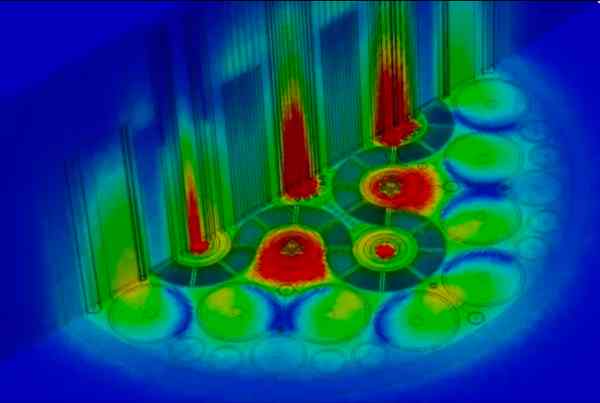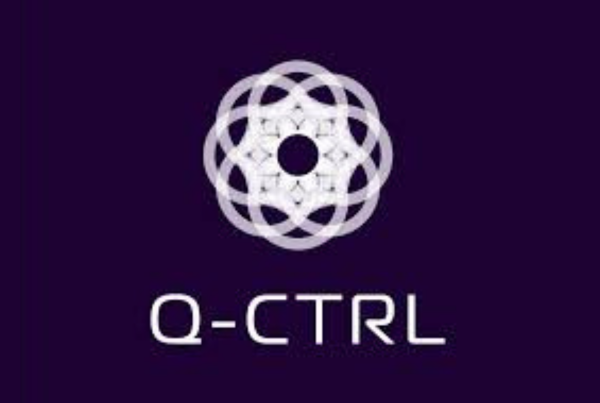
CASE STUDY
Improving the runtime of Monte Carlo methods with Quantum
- Modelling radiation transport is fundamental to nuclear physics and plays a part in everything from reactor design and operation, fuel fabrication, storage, transport, decommissioning and geological disposal.
- Beyond nuclear power and decommissioning, it is also a cornerstone in the development of dose calculation systems in radiation therapy with protons and light ions.

Katy Alexander
MARKETING DIRECTOR
Katy is the Marketing Director at OQC. Prior to joining OQC, she developed and scaled marketing and analytics functions for startups and large listed companies. Passionate about using data to guide strategic decisions, Katy’s unique blend of analytical rigour and creative expression enables her to tackle diverse challenges effectively. In her spare time, she champions diversity in STEM through the creation of games and education resources for primary schools.
Monte Carlo is the reference method for creating simulations and solving equations to understand the way in which physical energy is transferred by the absorption, emission and scattering of electromagnetic radiation – known as radiation transport.
A brief history of the Monte Carlo Method
The Monte Carlo method has a long history, dating back to the early 18th century when mathematicians were interested in investigating games of chance. In the 18th century, when Georges Louis LeClerc needle tossing conundrum marked an initial foray into the realms of geometric probability. However, it wasn’t until the 1940s that the method was formally named. John von Neumann and Stanislaw Ulam drew inspiration from the well-known casino town of Monaco.
Its main purpose is to analyse a decision and churn out a range of possible outcomes and their probabilities. John and Stanislaw used early computers to simulate the random behaviour of a large sample of neutrons, and based their predictions of future neutron behaviour, and therefore the likely strength of nuclear explosions on the data they collected.
Modelling radiation transport is fundamental to nuclear physics
Modelling radiation transport is fundamental to nuclear physics and plays a part in everything from reactor design and operation, fuel fabrication, storage, transport, decommissioning and geological disposal. Beyond nuclear power and decommissioning, it is also a cornerstone in the development of dose calculation systems in radiation therapy with protons and light ions.
Monte Carlo is the reference method for creating simulations and solving equations to understand the way in which physical energy is transferred by the absorption, emission and scattering of electromagnetic radiation – known as radiation transport. Monte Carlo simulations provide a panorama of potential outcomes that are constructed through the utilisation of probability distributions.
The limitations of classical compute
The additional processing power of quantum computers has the potential to make Monte Carlo algorithms much more powerful, this is largely due to their ability to generate random numbers in a fraction of the time required by even the most powerful classical supercomputers.
With this in mind ANSWERS Software Service, part of Jacobs Solutions Inc., led a project to investigate the opportunities created by using quantum computing to make the runtime of Monte Carlo methods more competitive.
The project partners, Jacobs, National Quantum Computing Centre, Oxford Quantum Circuits (OQC), National Nuclear Laboratory, Sellafield Ltd, and the University of Cambridge, note that there are already promising signs and the project was successful in demonstrating the effectiveness of new techniques for the reduction of quantum noise further research will be carried out on applications.
Join our newsletter for more articles like this
By clicking ‘sign up’ you’re confirming that you agree with our Terms & Conditions


